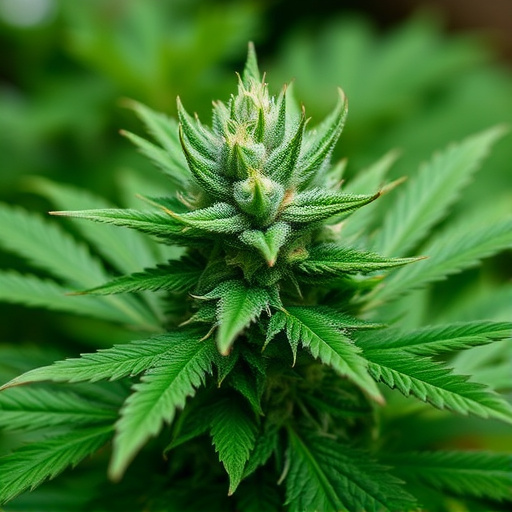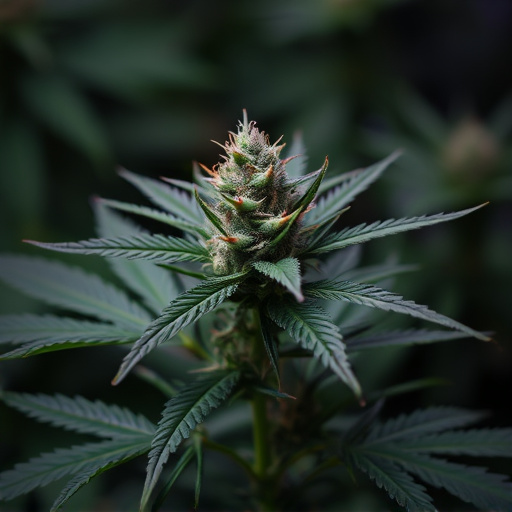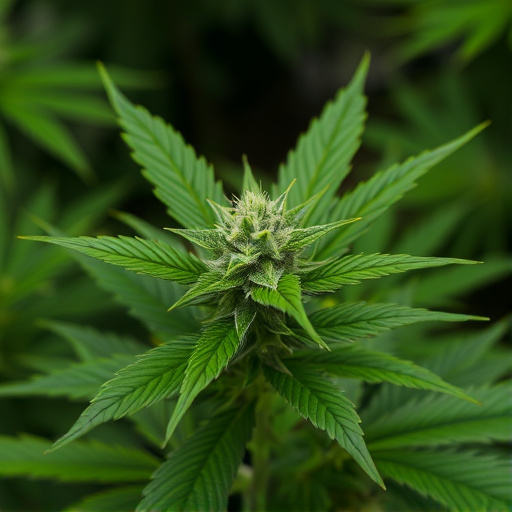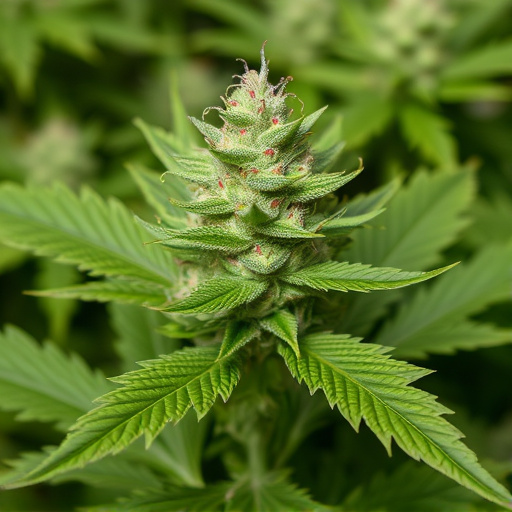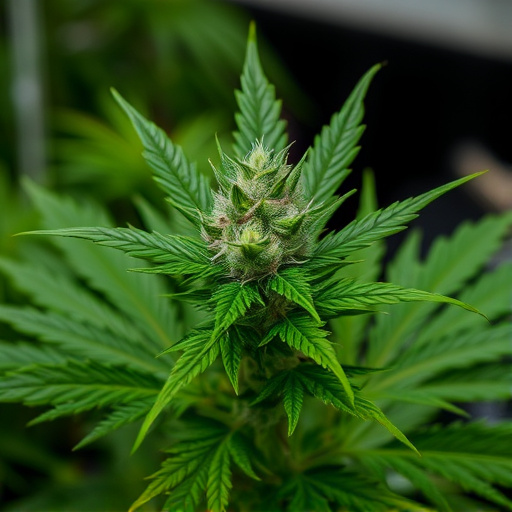Landrace strains, indigenous cannabis varieties with centuries-old natural evolution in specific regions, hold immense historical and genetic value. These strains offer unique characteristics, potent uplifting or sedative relaxant experiences, and balanced CBD/THC profiles ideal for medicinal users. Their distinct aromatic profiles cater to diverse consumer preferences. Preserving landraces is crucial for maintaining varied chemical profiles, ensuring future access to a wide range of cannabis effects, from relaxing to energizing, while safeguarding rare genetic lineages.
Landrace cannabis strains, rooted in specific geographical origins, offer a unique glimpse into the history of this plant. With distinct characteristics and effects shaped by their environments, they play a vital role in understanding and preserving cannabis’ ancestral diversity. This article explores the significance of landraces, delving into their historical origins, remarkable traits, and their resurgence in modern cannabis culture, all while highlighting the impact these ancient strains have on shaping today’s diverse cannabis landscape and its effects.
- Understanding Landrace Strains: Origins and Heritage
- The Unique Characteristics and Effects of Landrace Cannabis
- Preserving Landraces: Why These Ancient Strains Matter Today
Understanding Landrace Strains: Origins and Heritage

Landrace strains, the original and indigenous varieties of cannabis, are a significant aspect of the plant’s rich history and genetic diversity. These strains have evolved naturally over centuries in specific geographic regions, adapting to local climates, terrains, and even cultural influences. Understanding landraces is crucial as they serve as the foundation for modern cannabis breeding, offering unique characteristics and effects that contemporary hybrid varieties often strive to replicate.
Each landrace strain carries its own heritage, reflecting the diverse environments from which they hail. For instance, Thai strains are known for their potent, uplifting effects, often attributed to the lush tropical forests of Southeast Asia. Similarly, Mexican landraces contribute to a more sedative and relaxing profile, aligning with the plant’s historical use among indigenous communities. These distinct origins translate into varied cannabis strains effects, making landraces valuable for both cultivators seeking specific attributes and consumers looking to experience the original expressions of this versatile plant.
The Unique Characteristics and Effects of Landrace Cannabis

Landrace cannabis strains, originating from specific geographic regions, possess unique characteristics and effects that set them apart from modern hybrid varieties. These ancient plants have evolved over centuries, adapting to their local environments, which results in distinct genetic profiles and corresponding cannabinoid compositions. One of the key aspects is their high levels of CBD (cannabidiol) and low THC (tetrahydrocannabinol) content, often providing a more balanced and mild experience compared to modern strains. This balance can be particularly beneficial for medicinal users seeking relief without intense psychoactivity.
Moreover, landrace strains are known for their diverse aromatic profiles and subtle flavors. Each region imparts its own unique terpinen and terpene combinations, contributing to the characteristic scents and potential therapeutic effects. For example, Himalayan landraces may offer a cooling, minty aroma with hints of pine, while those from southern Europe could have earthy, floral notes. These distinct characteristics not only cater to diverse consumer preferences but also allow for targeted cannabis therapy based on specific ailments and desired outcomes, highlighting the importance of landrace strains in the world of cannabis.
Preserving Landraces: Why These Ancient Strains Matter Today
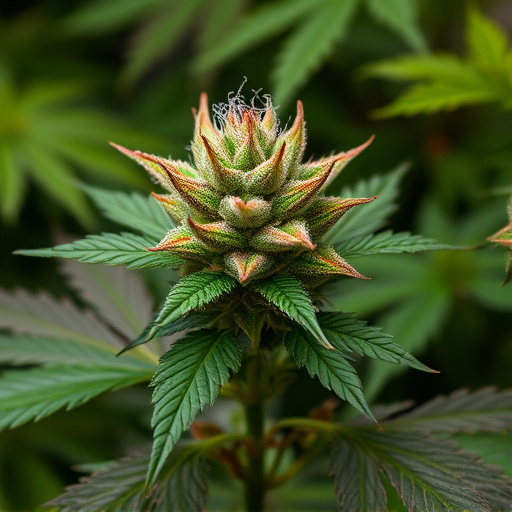
Landrace strains, ancient cannabis varieties that have evolved naturally in specific geographical regions over centuries, are invaluable treasures in today’s world. These strains, free from modern genetic manipulation, possess unique characteristics and adaptations to their native environments, making them a treasure trove of genetic diversity. Preserving these landraces is not just about nostalgia; it’s about safeguarding the original cannabis experience and its diverse effects on the human mind and body.
Each landrace strain has developed specific traits to thrive in its particular climate and ecosystem. These adaptations result in a range of different chemical profiles, including varying levels of cannabinoids and terpenes, which contribute to their distinct aromas, flavors, and therapeutic benefits. By preserving these ancient strains, we ensure that future generations can benefit from the vast spectrum of cannabis effects, from relaxing and calming to energizing and uplifting, all while maintaining the integrity of these rare genetic lineages.
Landrace strains, with their deep historical roots and distinct characteristics, play a vital role in the cannabis world. Preserving these ancient varieties ensures we maintain a diverse genetic pool, offering unique cannabis strains effects that cater to various preferences and medicinal needs. By recognizing the importance of landraces, cultivators can continue to nurture and explore these rare gems, providing users with a rich and ever-evolving cannabis experience.





